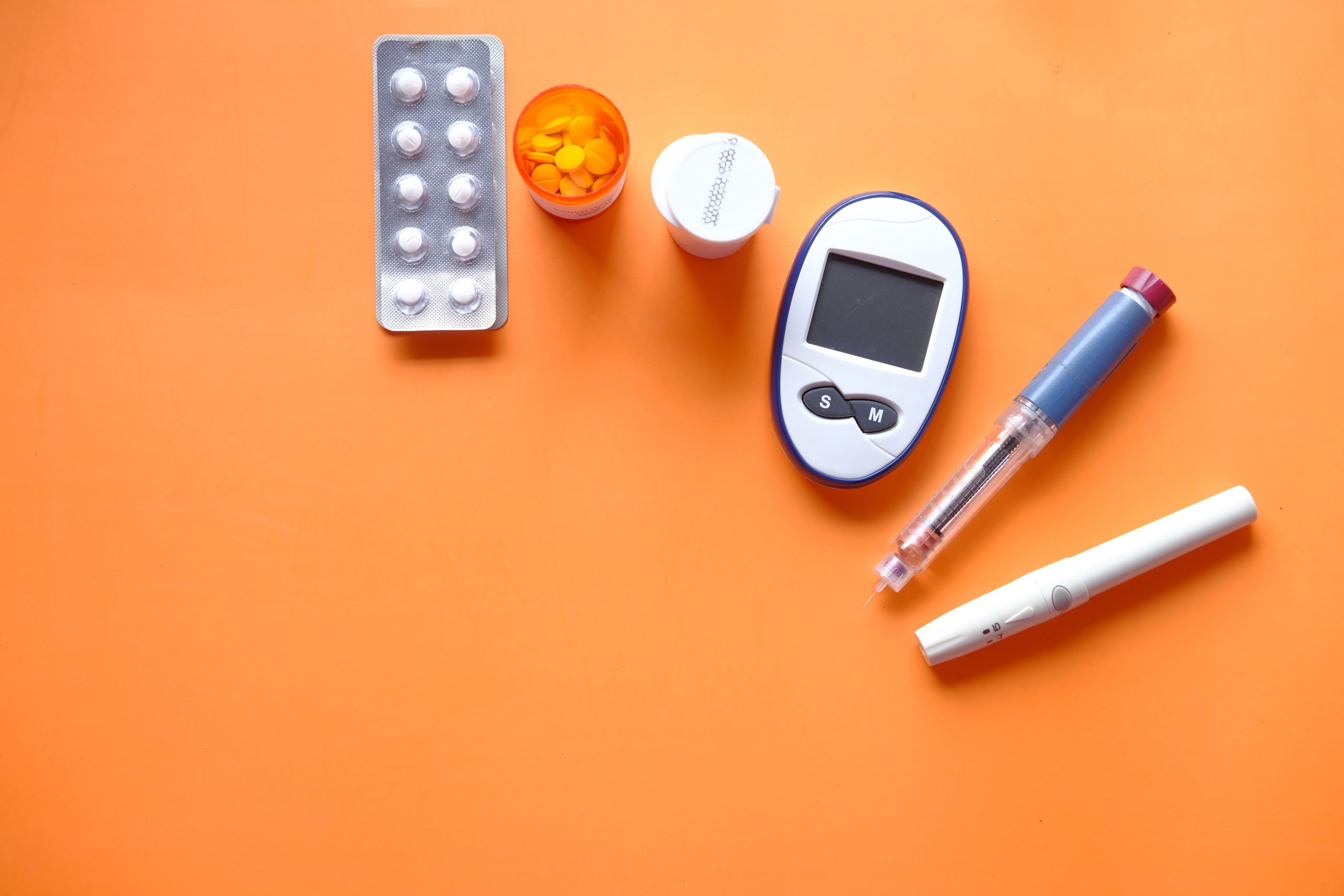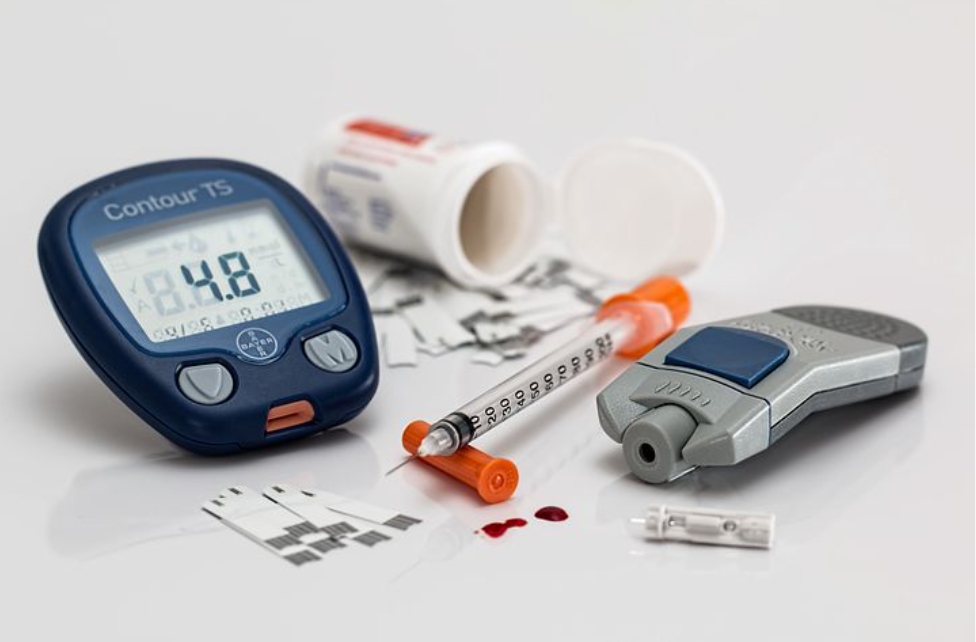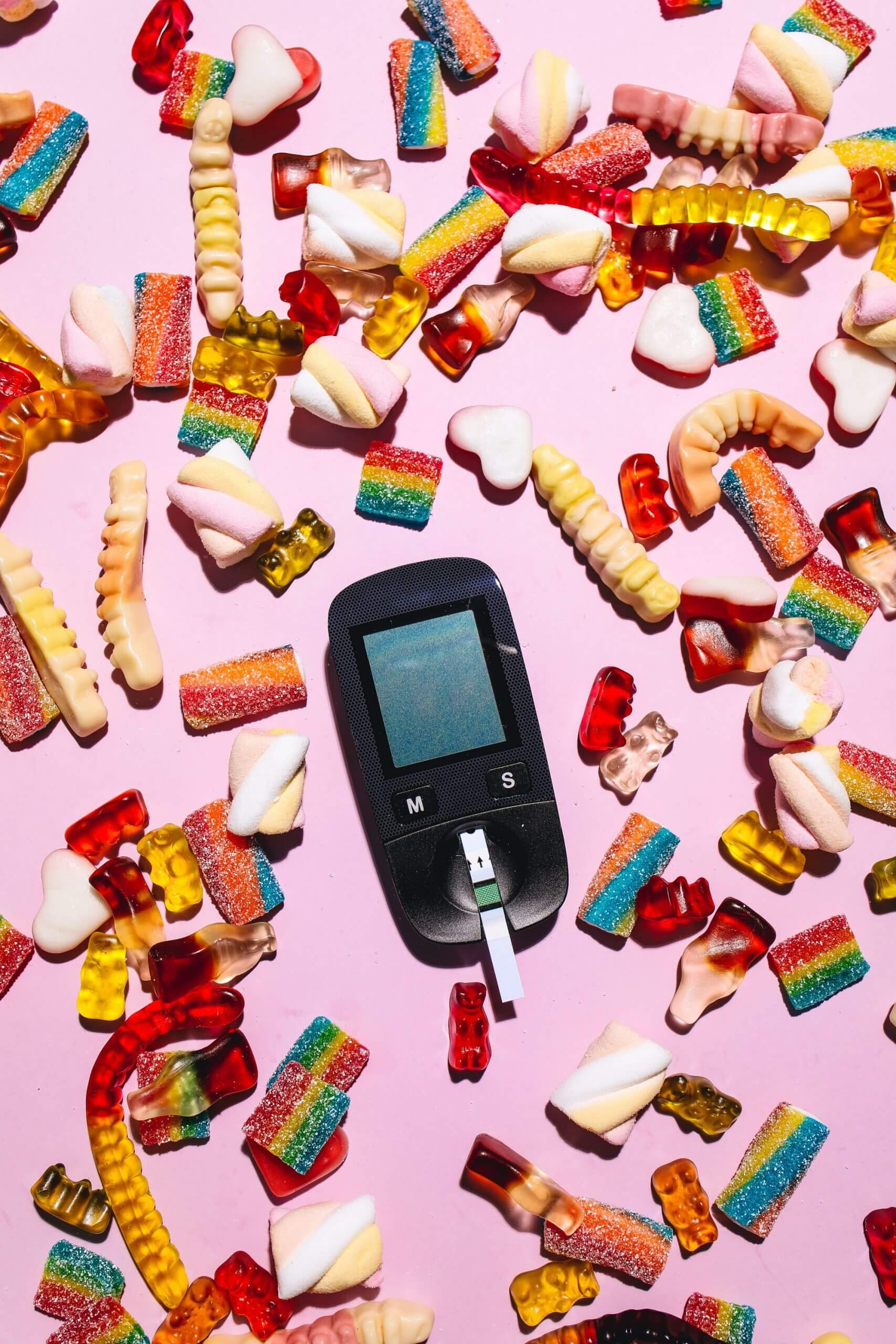
Use of Technology Reduces Incidence of Hypoglycemia
Incidence of Hypoglycemia occurs when your blood sugar (glucose) level is lower than normal. Glucose is your body's main energy source. Low blood sugar can occur for a number of reasons. It’s usually a side effect of diabetes treatment. Despite years of research and clinical trials, no cure for type 1 diabetes exists yet. However, how the disease is managed and treated has changed, leading to vast improvements in quality of life. Many individuals are better able to track their blood sugar and administer insulin more effectively to reduce any incidence of Hypoglycemia and other complications.
Continuous glucose monitors (CGM’s) have been a game-changer in the diabetes world. In recent years, GCMS has revolutionized not only how we view diabetes but also what we do to treat it. GCMS, monitor the body’s blood glucose in real-time by sensing the glucose present in the tissue. They not only provide a blood glucose number but can capture the trend of change.
Insulin pumps are small, computerized devices that mimic the way the human pancreas works by delivering small doses of short-acting insulin continuously (basal rate). The device also is used to deliver variable amounts of insulin when a meal is eaten. Rather than preparing a syringe or pen, wearers simply set a dose and push a button on the pump.
Apps are being developed to help with the integration and management of information. In their 2016 Standards of Medical Care in Diabetes, the American Diabetes Association (ADA) stated that technology-assisted tools such as apps can be useful elements of effective lifestyle modification to prevent any incidence of Hypoglycemia.
An artificial pancreas would free the user from constant watchfulness, testing, carb counting, measuring, injecting, and worrying about dangerous highs and lows and could dramatically improve blood glucose control around the clock. The May 2016 issue of Discover magazine profiled multiple groups that are working to make an artificial or "bionic" pancreas a reality. It combined a continuous glucose monitor and insulin pump to modulate insulin delivery based on data over time. It is not yet fully automated, however, because patients still must calculate their insulin dosage during meal times. But it did have benefits for reducing hypoglycemia overnight.















